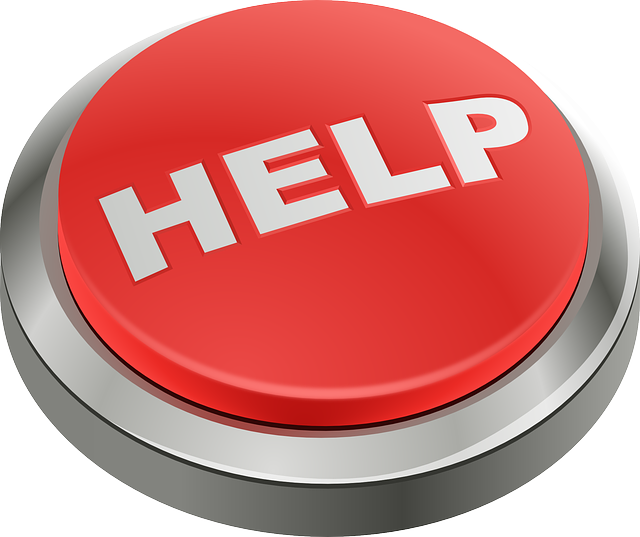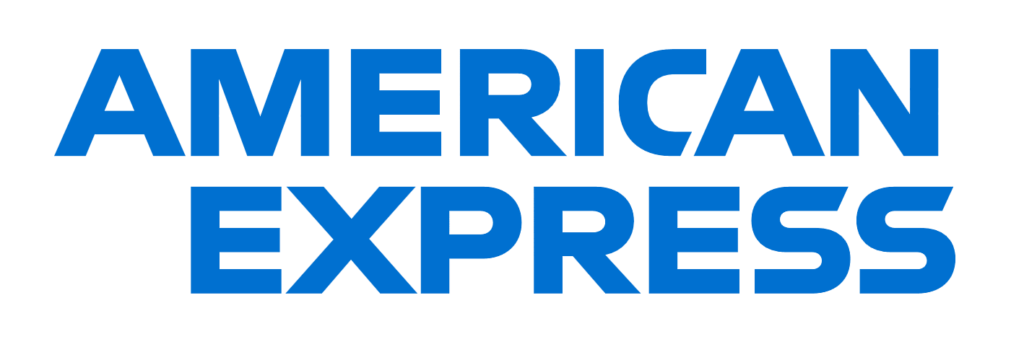Setting the Stage for Success: The Value of a Well-Designed title page of lab report

There are several uses for title page of lab report. The experiment’s title is stated explicitly, enabling readers to understand its emphasis and objective right once. By doing so, you can lay a strong basis for comprehending the context and applicability of your research.
Second, the authors’ names are listed on the title page of lab report, indicating who contributed to the experiment. It highlights the teamwork that goes into scientific study and offers participants credit. The affiliation of the authors, which identifies the institutions or businesses linked to the study, also adds further background.
The submission date, which is crucial for record-keeping and academic documentation, is also displayed on the title page of lab report. This timestamp aids in demonstrating the relevance and timeliness of your study.
You may create a pleasant atmosphere for the rest of your title page of lab report by making sure the title page is well-designed. It reflects your professionalism, attention to detail, and dedication to effective communication. The readability and trustworthiness of your title page of lab report are improved by a visually appealing and correctly formatted title page.
The Crucial Components of title page of lab report: Providing Clarity and Accuracy
The experiment title itself is the first important component of title page of lab report. It must be succinct, descriptive, and convey the main points of your investigation. Readers can get a sense of the emphasis of your study from the title page of lab report, which serves as a signpost for them.
The names of the authors also have a big impact. All participants should be identified by name in order to promote accountability and recognize their contributions. The inclusion of the authors’ affiliations also identifies the institutions or organizations connected to the study and offers helpful information.
The date of submission is another essential component of a title page of lab report. This timestamp establishes your experiment’s timeliness and lends credence to it. It facilitates academic record-keeping and aids readers in appreciating the relevance of your findings.
You can construct a title page of lab report that successfully conveys the facts about your lab report by making sure that these essential components are provided appropriately and in the right order. The professionalism and readability of the title page of lab report are enhanced by careful attention to formatting details such font type, size, and alignment.
Formatting Instructions for the title page of lab report: Promoting Readability and Professionalism
The creation of a lab report’s well-designed title page of lab report depends heavily on formatting rules. Assuring readability, uniformity, and professionalism through proper formatting makes the document easier to browse for readers. This article will discuss the crucial formatting rules that must be adhered to in order to improve the title page of lab report effectiveness and aesthetic appeal.
The choice of a suitable font is one of the important formatting factors for the title page of lab report. For readability, selecting a typeface that is clear and readable is crucial. Arial, Times New Roman, and Calibri are often used fonts in scientific writing. The title page of lab report maintains a unified and professional impression by using the same font throughout.
Font style and size should also be taken into account. The names of the authors and their connections should be uniform in size and style, with the experiment title slightly larger than the other text on the page to emphasize its relevance. The authors’ names are often in a font size that is slightly smaller than the experiment title.
The title page of lab report overall aesthetic appeal and readability are enhanced by appropriate spacing and margins. Line spacing should be constant, and there should be enough space around the material to frame it. The presentation of information is made aesthetically appealing by maintaining a balanced layout.
You may construct a well-formatted title page of lab report by following these formatting instructions. The overall aesthetic appeal and readability of the document is enhanced by consistent font selection, proper font sizes, and evenly spaced paragraphs and margins.
Enhancing the title page of lab report Visual Appeal: Graphics, Colors, and Layout
A lab report’s attractive title page of lab report can grab readers’ attention and provide a good first impression. Your title page of lab report can be improved visually by using pictures, colors, and layout strategies to improve the presentation as a whole. In order to properly explain your study, we will look at ways to improve the aesthetic appeal of your title page of lab report in this post.
The title page of lab report can be visually beautiful and instructive by using pertinent graphics and images. Think about providing illustrations, charts, or diagrams that illustrate your experiment or highlight important ideas. These illustrations can aid readers in quickly understanding the main points of your study.
An appealing title page of lab report is greatly influenced by color. Pick a color palette that complements the experiment’s theme or focus. To deliberately draw attention to crucial details like the experiment’s title or authors’ names, use color. Make sure the color schemes stay professional and don’t interfere with readability, though.
Your title page of lab report aesthetic impact is also influenced by the layout choices you make. Clear and balanced organization will let the reader’s eyes flow easily throughout the page. To make a harmonious composition, pay attention to the positioning, alignment, and spacing.
You can design a visually appealing title page of lab report by using graphics, colors, and a thoughtful structure. These visual additions draw attention, improve readability overall, and communicate the importance of your findings.
Following the instructions for the title page of lab report will help you keep your credibility and professionalism.
Maintaining professionalism and credibility in scientific writing involves more than just the information in your title page of lab report; it also involves how the title page of lab report is laid out and presented. It is critical to respect institutional policies and particular formatting specifications for a lab report’s title page. In this post, we’ll examine the importance of following these rules and how it affects building trust and professionalism.
The title page of lab report should follow specific formatting instructions provided by the institution, which may include specifications for the font, size, and space. Following these rules will guarantee consistency across documents and demonstrate your dedication to professionalism.
For credibility to remain intact, the title page of lab report must contain accurate and error-free information. Verify that the experiment names, author names, affiliations, and submission date are correct a second time. Inconsistencies or errors can damage your research’s credibility.
The title page of lab report should also be proofread and edited, much like the body of your lab report. To ensure a polished and expert presentation, pay attention to spelling, grammar, and punctuation. Additionally, make sure that all pertinent information is there, including the experiment’s title, authors’ names, and the date.
The Importance of a Well-Designed Title Page for Accessibility and Organization of title page of lab report
Beyond being aesthetically pleasing, a title page of lab report is also important for organizing and improving the usability of your research. The title page creates the foundation for your lab report’s organized and transparent presentation by including crucial information and making wise design decisions. The importance of a well-designed title page and its effects on the structure and usability of your research will be discussed in this post.
Your title page of lab report serves as its introduction, giving readers crucial information about the experiment, authors, and submission deadline. It acts as a point of reference for readers to rapidly find important information throughout the document.
Additionally, the title page of lab report creates a visual hierarchy that helps with lab report organizing. Readers can easily navigate through the report and comprehend the context and contributions of the research by placing the experiment title prominently followed by the names and affiliations of the writers.
By making the title page easier to read, a well-designed title page of lab report also raises the accessibility of your lab report. The material is made simple to read and understand by using legible typefaces, proper font sizes, and adequate space. A professional and ordered image is further enhanced by consistency in formatting and alignment.
By thoughtfully planning the title page of lab report, you give readers a road map that makes it easy for them to find important details and comprehend how your lab report is organized. It improves the general accessibility and organization of your study, facilitating easy navigation and comprehension.
FAQS
Why is the lab report’s title page significant?
• The title page serves as a reference point throughout the paper by outlining key information about the experiment, authors, and submission date.
2. How can a well-crafted title page help a lab report stay organized?
• By presenting the experiment title, authors’ names, and affiliations in a clear and organized way, a well-designed title page creates a visual hierarchy that makes it easier for readers to navigate the report.
3. Does the lab report’s accessibility depend on the title page’s layout?
• Yes, a well-designed title page improves the lab report’s accessibility by making it easier to read by using legible fonts, the right font sizes, and adequate space.
4. What part does the title page’s alignment and formatting uniformity play?
• A professional and well-organized appearance is facilitated by consistency in formatting and alignment, which makes it simpler for readers to understand the information offered on the title page.
5. Can a nicely crafted title page help the reader better grasp the lab report?
• Absolutely. A well-designed title page aids readers in finding significant information quickly and understanding the lab report’s structure by offering a road map and a clear presentation of key information, which improves their comprehension of the research.
6. Do specific design standards need to be followed for the title page?
• In order to uphold professionalism and uniformity across all publications, it is advised to adhere to institutional standards and formatting specifications for the title page.
7. What are the advantages of a logical and easy-to-read lab report title page?
• An accessible and well-organized title page makes the lab report easier to read overall, gives it a more polished appearance, and makes it easier to navigate, which makes it more interesting and reader-friendly.
8. How can I make sure my title page is accessible and well-designed?
• Use the right fonts, sizes, and spacing to ensure reading and clarity. Keep the title page’s formatting and alignment consistent throughout by adhering to the rules. Verify accuracy in proofreading and look for any mistakes or inconsistencies.
9. Can the appearance of the lab report be impacted by a badly designed title page?
• It is true that a poorly designed title page may give readers a bad impression of the lab report’s overall quality by implying a lack of professionalism and attention to detail.
10. Should I look for advice or sample title pages to produce a strong title page?
• To make sure you are including all required components and adhering to best practices for organization and accessibility, it can be useful to consult institutional requirements or samples of well-designed title pages.
Links




